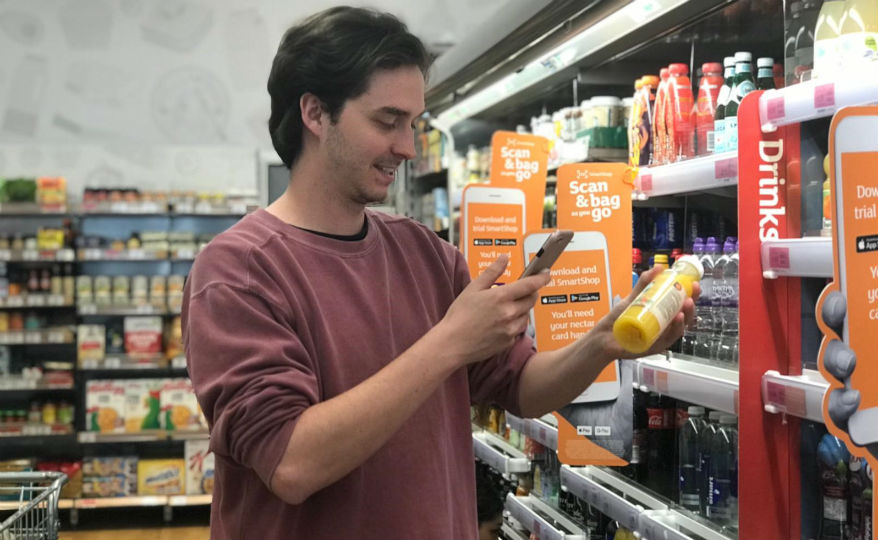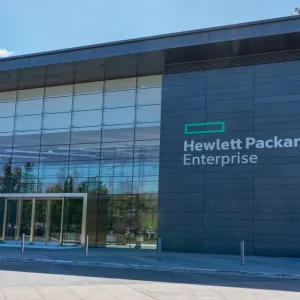
Supermarket chain Sainsbury’s is developing machine learning tools to optimise its inventory based on real-time signals/data, the company said today; the latest example of a retail chain tapping Big Data to improve margins.
Partner Accenture has built a front-end tool to support the project, which is underpinned at the back-end by Google Cloud Platform (GCP).
The decision comes as Sainsbury’s (which alongside its supermarkets also owns and operates Argos, and Sainsbury’s bank) told investors that £4.7 billion of its sales are now generated through our digital channels — and as pressure builds on traditional retailers from digital-centric rivals.
See also: Retail Bloodbath Worsens
As Sainsbury’s CEO Mike Coupe put it in the group’s last annual report [pdf]: “With greater access to a variety of shopping channels, the UK consumer has more flexibility and choice than ever in how and when they shop. Barriers to entry in some of these channels are far lower than before, giving disruptors the opportunity to gain strong footholds across the retail landscape.
“The impact of this can be seen in the record levels of store closures, traditional retail business collapses and redundancy for retail colleagues. Restructuring of the UK retail industry is likely to continue for some time given rising cost pressures in wages, rates and other fixed costs.”
 Sainsbury’s Google Cloud Application
Sainsbury’s Google Cloud Application
So what is Sainsbury’s doing?
As GCP’s UK&I MD Alan Coad puts it: “Sainsbury’s solution relies on data from multiple structured and unstructured sources…
“[It is] using Google Cloud’s cloud-based analytics tools to ingest, clean and classify that data, and a custom-built front-end interface for internal users to navigate through a variety of filters and categories.”
The supermarket, which did £32 billion in group sales in the last fiscal year, is using the tool to develop predictive analytics models to spot trends and adjust inventory. Accenture’s own retail analysis work suggests where it may be focussing: the consultancy notes in a December 2018 blog that retailers should focus firmly on a small coterie of customers.
“Our data-driven approach demonstrates that the largest retail profit concentration comes from a relatively small customer cohort. These are loyal, profitable—high-value—customers who are engaged with your brand.”
The most profitable retail customer is worth 15 times an average customer, and the most profitable retail customer is worth 50 times a low decile customer, Accenture’s Matthew Green notes. “Precision understanding of profitable customer cohorts is only the first step in the new retail model.
“After all, it is one thing to know your customers. It is quite another to develop business plans that focus on high-value customers and pivot the entire organization around the customers who are driving bottom line growth.”
Read this: McKinsey Opens Bricks-and-Mortar Shop as “Stage” for Retail Technology Firms
Adrian Bertschinger, Accenture’s MD for Retail said today: “The food sector is experiencing significant, rapid disruption, and this new, cloud-based insights platform will help Sainsbury’s identify trends much earlier and adapt their product assortment in a faster, more informed way.”

 Sainsbury’s Google Cloud Application
Sainsbury’s Google Cloud Application




